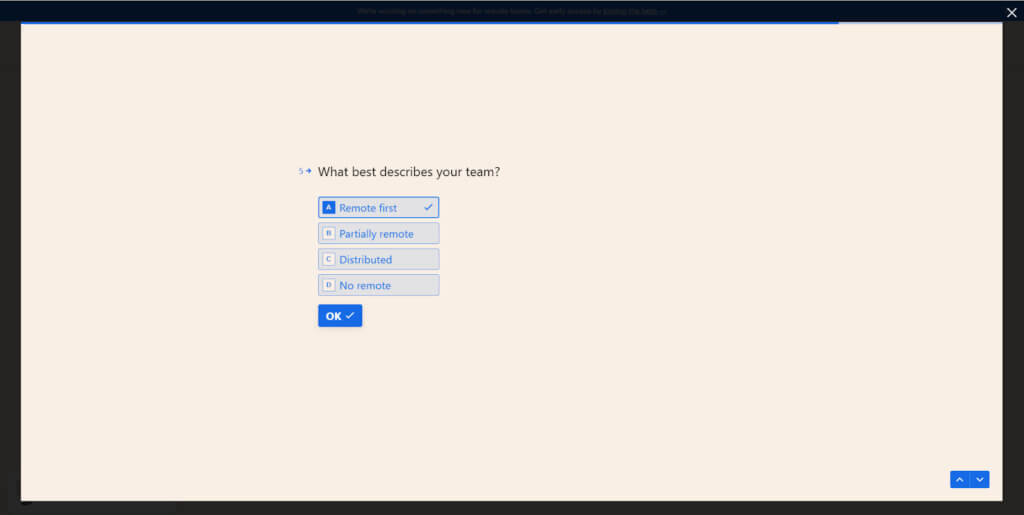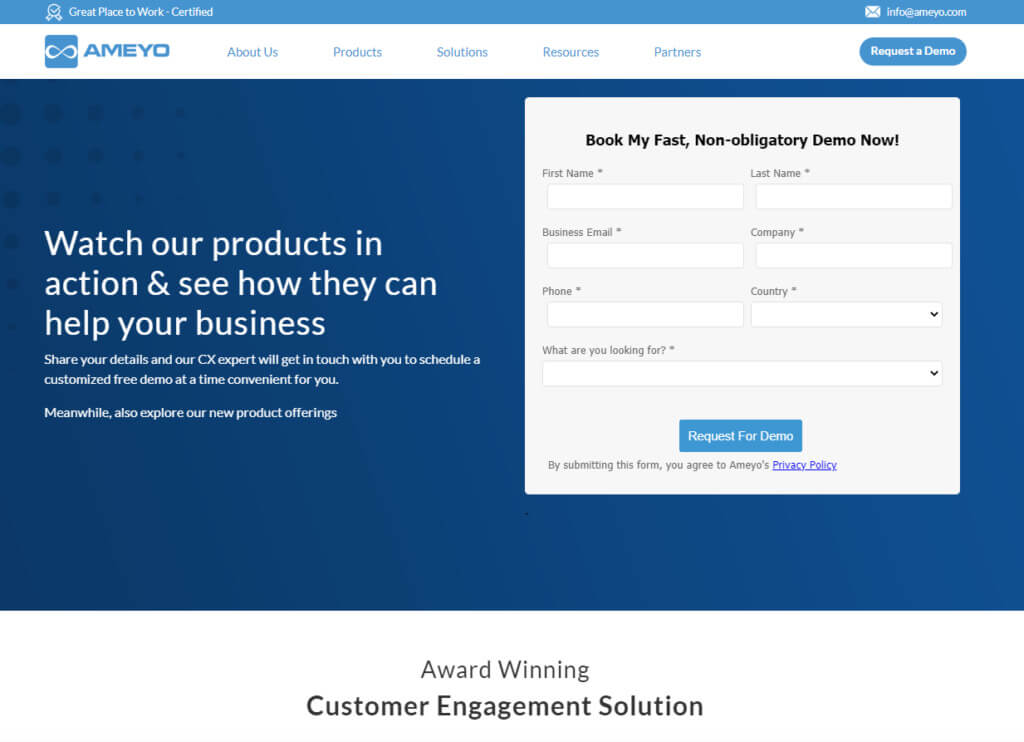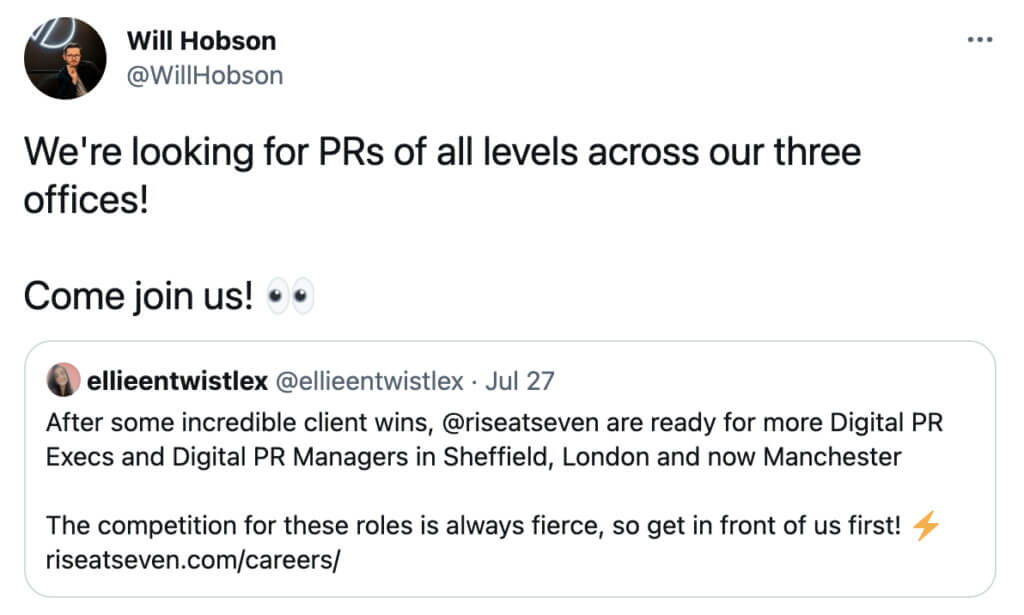Resilience, flexibility and creative thinking under pressure are all traits that digital marketers innately possess. And these also just happen to be the ingredients for success amidst a global pandemic, which is why the demand for passionate people in this space has never been higher.
In this article, you will learn why this is the best time to start your digital marketing career (even as a complete beginner).
Why Digital Marketing and Why Now?
Digital marketing has drastically evolved over the last decade and continues to change with each new iteration of our favorite platforms and analysis tools. But no matter what changes may come in the future, one thing is clear, digital marketing will continue to thrive.
This is due to the large number of new businesses being created every single day. About 4.3 million new business applications were filed in 2020 in the U.S. alone. That’s 4 million new businesses that now need help with creating and growing their digital presence. So it’s no surprise that interest in this career path has been rapidly rising along with the demand for these skills.

Between September 2020 and March 2021, LinkedIn reported seeing a 63% increase in marketing jobs listed on the platform compared to the previous period. And five of the top ten jobs listed were in the digital or media space.

LinkedIn has also reported a rise in employers advertising flexible work arrangements for marketing contractors and interns, along with a 457% global increase in remote work listings overall.
This means that not only is there an increase in demand for people working in digital marketing, but employers are significantly more open to people working for them in whatever way suits them best.
We’re no longer (necessarily) bound by the 9-5 workday, full-time working relationships, or even being in the same geographic location as our employers. We can work when we want, how we want, and from wherever we want.
So we now know there’s demand and flexibility – next, let’s get into what it really means to be a beginner in the world of digital marketing.
Digital Marketing is Incredibly Beginner-Friendly
Some of the most brilliant digital marketers you’ll come across have no formal qualifications in the marketing field. But what they do have are skills, passion, and practical experience built through determination and a willingness to work from the ground up.
And that’s because unlike in many other fields, people looking for talent in this space don’t place nearly as much importance on having decades of experience or years of formal training on your resume. Digital marketing itself hasn’t even been around for that long, and many universities and colleges still don’t offer practical training on the subject. The marketing world is evolving so quickly that by the time you finish a four-year degree on the subject, you would have to begin all over…















 ‘ + data.settings.title + ” : ” }}} ]]>
‘ + data.settings.title + ” : ” }}} ]]>

